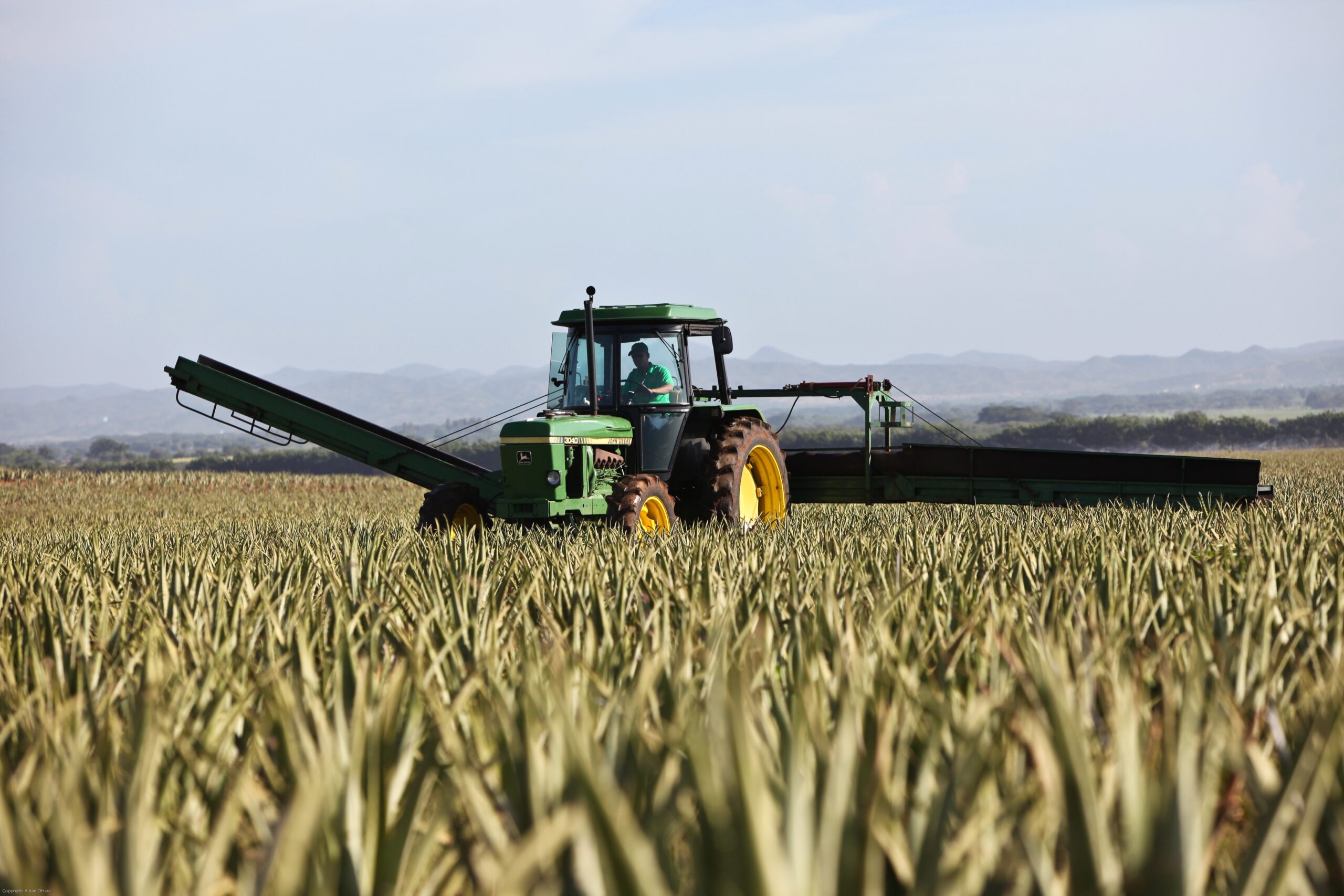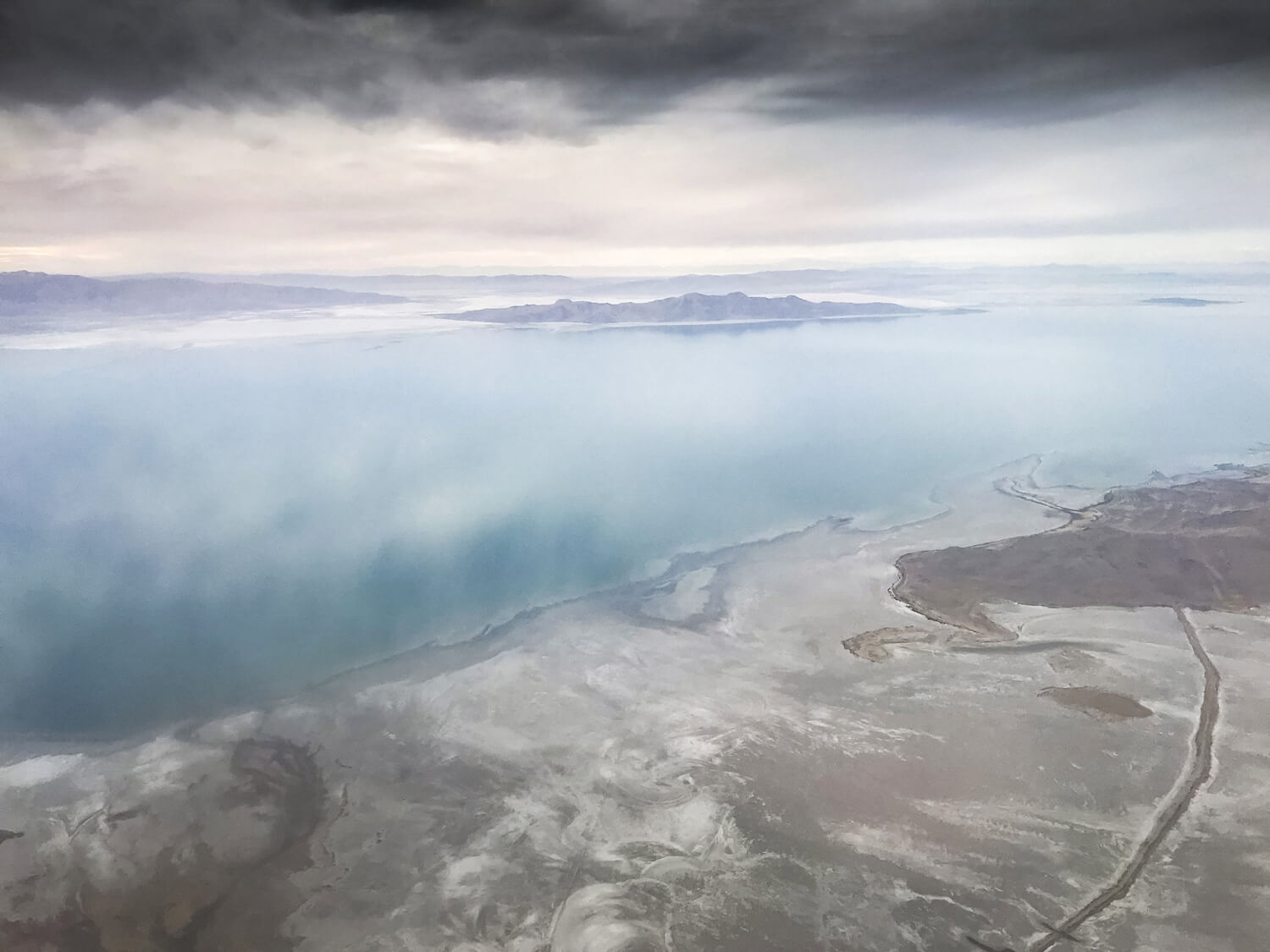
Worldwide, agriculture accounts for 38 percent of land use, 66 percent of water withdrawals, and 85 percent of water consumption (Food and Agriculture Organization [FAO] 2001; Shiklomanov 2000). It is responsible for most of the habitat loss and fragmentation that threaten the world’s forests, biodiversity, and terrestrial carbon stores and sinks. Water diversions for agriculture combined with agriculture-related water quality problems—oxygen depletion, pesticide and fertilizer runoff, and soil erosion—are the major threats to aquatic and avian species not only inland but, possibly, also in coastal and nearshore areas. In addition, land clearance and other agricultural practices contribute to greenhouse gas emissions.
But, paradoxically, agricultural technology is also responsible for forestalling any silent springs—at least, so far. Had technology—and therefore yields—been frozen at 1961 levels, then producing as much food as was actually produced in 1998 would have required more than a doubling of land devoted to agriculture. Such land would have increased from 12.2 billion acres to at least 26.3 billion acres, that is, from 38 to 82 percent of global land area. (And this optimistically assumes that productivity in the added acreage would be as high as in the other areas). Cropland alone would have had to more than double, from 3.7 to 7.9 billion acres.(1) An additional area the size of South America minus Chile would have to be plowed under.
Those figures assume that this much unused cropland would be available. Potential cropland is estimated at about 8.5 billion acres worldwide.(2) But since the best agricultural land is probably already being cultivated, new cropland is unlikely to be as productive. Moreover, at least 45 percent of this cultivable- but-uncultivated area is forested, and 12 percent is protected. In sum, there simply isn’t enough productive land worldwide to support today’s world population using yesterday’s technology.
Imagine the devastation that would have occurred had agricultural technology been frozen at 1961 levels, while mortality rates continued to drop, pushing up population. Massive deforestation, soil erosion, greenhouse gas emissions, and losses of biodiversity would occur with the more-than-doubling of land and water diverted to agriculture, but hunger and starvation would not decline. The additional pressure on the land would have increased land prices, making it more difficult to reserve land for conservation (except, possibly, in the deserts, the frozen polar regions, and the peaks of mountain ranges).
Such tragic results did not happen, thanks to improvements in productivity at each step of the food and agricultural system. To begin with, science-based varieties of seeds helped increase global yields for all cereals, the grains that are grown on 45 percent of the world’s cropland. Cereal yields went up by 126 percent between 1961 and 1998 (FAO 2001). To more fully exploit these high-yielding crop varieties, farmers implemented a set of complementary technologies. Yes, these caused environmental problems. Yet they also increased productivity, reducing the amount of land devoted to agriculture.
- Irrigation. Water diversions for agriculture are a major problem for many aquatic species. But irrigating the land, on average, triples its productivity (Goklany 1998). Currently, 18 percent of global cropland is irrigated (FAO 2001). If all irrigation were halted, then at least an extra 1.31 billion acres of land would be needed to compensate for the lost production.
- Fertilizers. The use—and abuse—of fertilizers is the major source of nutrient loading in the world’s waters. But fertilizer use has, in some cases, doubled yields.
- Mechanization. Tractor usage increased 2.3-fold between 1961 and 1998 (FAO 2001). While increasing society’s dependence on fossil fuels, it reduced the need for human and animal labor on the farm. This helped reduce food costs and lessened the need to cultivate additional land to feed work animals. In 1910 about one-third of all U.S. cropland was used to feed working horses and mules (Goklany and Sprague 1991). Mechanization also reduced an incentive for a higher birth rate.
- Pest Control Systems. In the absence of pesticides and other pest controls, an estimated 70 percent of the world’s crop might be lost, instead of the current 42 percent (Oerke et al. 1994, 750). Thus, without them, at least 90 percent more cropland would be required to offset the loss in production. It is true that as much as 99(+) percent of pesticides are wasted and end up in the environment (Goklany 1998). Even so, a number of cost-benefit analyses indicate that aggregate economic, public health, and environmental benefits of pesticide use may outweigh the aggregate costs (Pimentel 1997; Pimentel and Greiner 1997). These studies do not take into account the environmental benefits that come from reduced habitat conversion.
Other factors also contributed to farm productivity. These include (a) innovations in animal husbandry, (b) technologies for storage, handling and processing (e.g., plastic bags, refrigeration, canning and preservation), and (c) a wider—largely fossil fuel driven—global infrastructure for the efficient transportation, storage, distribution and trade of agricultural inputs and outputs (which also helped reduce wastage and spoilage) (Goklany and Sprague 1991).
Recognizing the benefits of these technologies does not mean that we should ignore the tendency to overuse inputs such as water, fertilizers, pesticides and energy, in part because of subsidies and, in the case of water, lack of property rights. So although total benefits of various technologies probably exceed total costs, marginal costs may not always exceed marginal benefits.
To put a long-term focus on the environmental pros and cons of agricultural technologies, many effects of agricultural pollutants seem reversible, although not always rapidly and sometimes at substantial cost. In the richer nations, new laws and large investments in new and clean technologies have helped many freshwater systems and aquatic and avian species recover from decades, if not generations, of abuse (Goklany 1996).
Soil erosion has declined; the Rhine, Thames, and Hudson Rivers are cleaner—and support more species —now than in past decades; and DDT and other pesticide residues in freshwater fish and human adipose tissue have dropped by an order of magnitude or more in North America and Europe. Thus, the direct effects of agricultural pollutants seem no more long-lived or irreversible than the indirect ecological and biodiversity effects of additional land clearance that would have occurred without those technologies.
Some have argued that agricultural technology, by making more food available, merely postponed the Malthusian day of reckoning, leading to a larger population which, in turn, increased net conversion of wildlife habitat. In response to this claim, I would first argue that agricultural technology, by reducing starvation and hunger, helped reduce maternal and infant mortality rates. Not only has this reduced misery worldwide, but it has also directly improved human wellbeing.
Second, failure to produce enough food would not necessarily have led to protection of habitat for the rest of nature. Consider the statistics about India. In 1961, daily food supplies per capita in India were 2,073 Calories (2,073 kilocalories, more accurately). At that time, 398 million acres of India’s total land area of 734 million acres (or 54 percent) was devoted to crop production.
Between 1961 and 1998, population increased by 117 percent, food supplies per capita grew 19 percent, and India became, at least temporarily, a net grain exporter. Yet cropland increased by only 5 percent (to 420 million acres). Forest and woodland area expanded 21 percent between 1961 and 1994 (from 141 to 170 million acres) (FAO 2001).
Assuming no improvement in agricultural production since 1961 or any change in the 1998 population level, available daily food supplies per capita would have slid to 955 Calories—well below even the minimum energy an adult needs to keep basic metabolic activities functioning at rest in a supine position! The Food and Agricultural Organization (1996) estimates that minimal level of existence as requiring 1,300 to 1,700 Calories/day. Mass starvation and death would have been inevitable.
Would that have translated into more wildlife habitat? Not likely. Faced with such hunger, it seems unlikely that India’s population and policy makers would have been more willing to set land aside for conservation. India would have been fortunate not to have lost much of its remaining forests, let alone “reserve” as much as the 35 million acres currently in partially or fully protected areas (World Resources Institute 2000).
By reducing hunger, agricultural technology has not only improved human welfare and reduced habitat loss but has made it easier to view the rest of nature as a source of wonder and not merely as one’s next meal or the fire to cook it with. It also decreased the socioeconomic cost of conservation.
These factors helped create the conditions necessary for support of conservation within the body politic. Finally, in the absence of technological progress, would the World Conservation Union’s Red List, which classifies about a quarter of all mammalian species as threatened (World Conservation Union 2000), been larger, because more species would be threatened—or smaller, because more species were extinct?
Notes
1. These calculations assume that the increase in food production between 1961 and 1998 is equivalent to the increase in global population times the increase in globally averaged food supplies per capita, using data from FAO (2001).
2. Goklany (1998). Assumes 0.3 billion acres of potential cropland in China.
References
Food and Agriculture Organization. 1996. Assessment of Feasible Progress in Food Security. Technical Background Documents 12-15, vol. 3. Rome, Italy.
———. 2001. FAOSTAT database. Available http:// apps.fao.org. Cited February 9, 2001. Goklany, Indur M. 1996. Factors Affecting Environmental Impacts: The Effects of Technology on Long-Term Trends in Cropland, Air Pollution and Water-related Diseases. Ambio 25, 497– 503.
———.1998. Saving Habitat and Conserving Biodiversity on a Crowded Planet. BioScience 48: 941–53.
Goklany, Indur M., and Merritt W. Sprague. 1991. A Different Approach to Sustainable Development: Conserving Forests, Habitat, and Biological Diversity by Increasing the Efficiency and Productivity of Land Utilization. Washington, DC: Office of Program Analysis, Department of the Interior, December.
Oerke E.-C., A. Weber, H.-W. Dehne, F. Schonbeck. 1994. Conclusion and Perspectives. In Crop Production and Crop Protection: Estimated Losses in Food and Cash Crops, ed. E.-C. Oerke, H.-W. Dehne, F. Schonbeck, A. Weber. Amsterdam: Elsevier, 742–70.
Pimentel, D., and A. Greiner. 1997. Economic and Socio-Economic Costs of Pesticide Use. In Techniques for Reducing Pesticide Use: Economic and Environmental Benefits, ed. D. Pimentel. Chichester, UK: John Wiley, 51–78.
Pimentel, D., ed. 1997. Techniques for Reducing Pesticide Use Economic and Environmental Benefits. Chichester, UK: John Wiley.
Shiklomanov, Igor A. 2000. Appraisal and Assessment of World Water Resources. Water International 25(1): 11–32.
World Conservation Union. 2000. 2000 IUCN Red List of Threatened Species—Confirming the Global Extinction Crisis. Available http://www.iucn.org/ redlist/2000/news.html. Cited February 13, 2001.
World Resources Institute. 2000. World Resources 2000–2001. Washington, DC.


